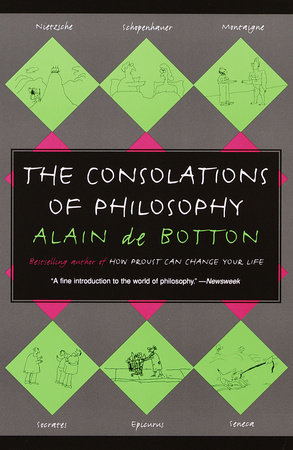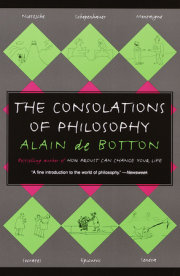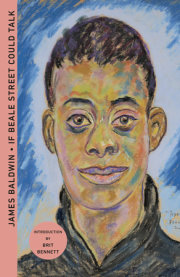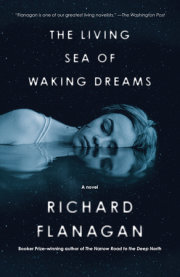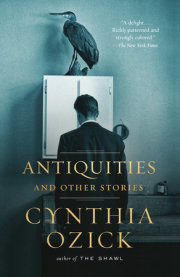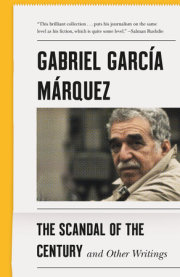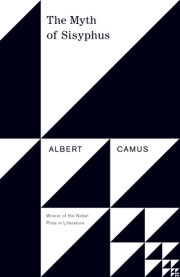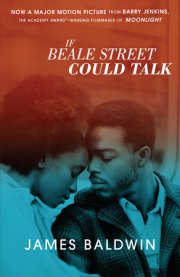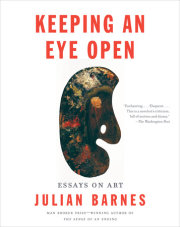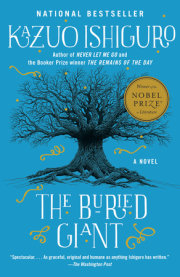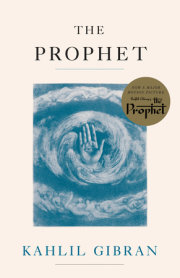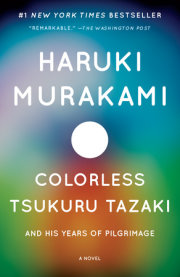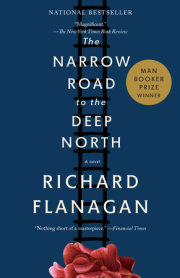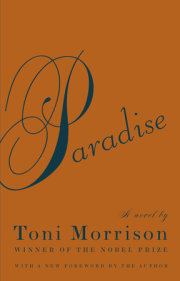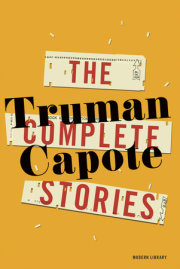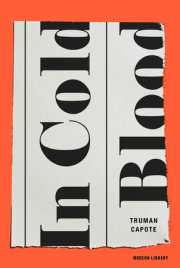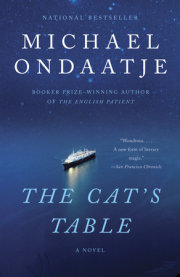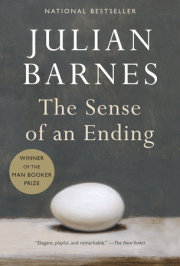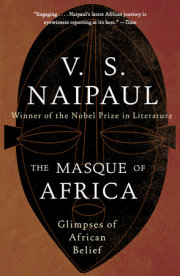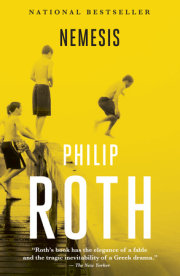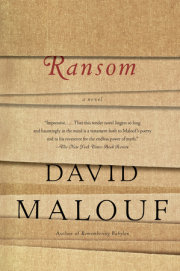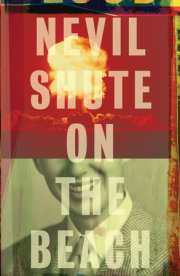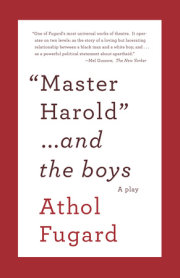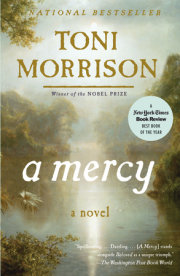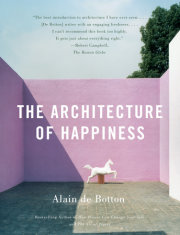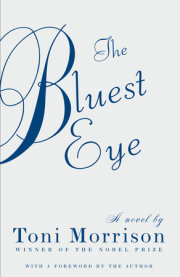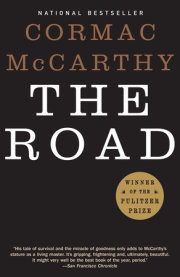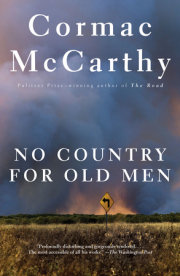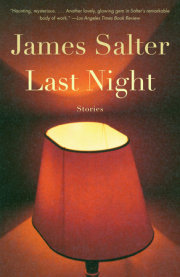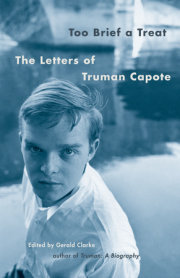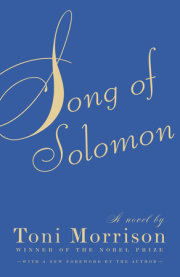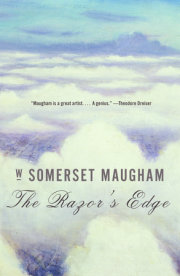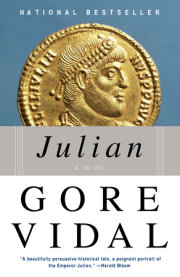Consolations for Unpopularity1
A few years ago, during a bitter New York winter, with an afternoon to spare before catching a flight to London, I found myself in a deserted gallery on the upper level of the Metropolitan Museum of Art. It was brightly lit, and aside from the soothing hum of an under-floor heating system, entirely silent. Having reached a surfeit of paintings in the Impressionist galleries, I was looking for a sign for the cafeteria -- where I hoped to buy a glass of a certain variety of American chocolate milk of which I was at that time extremely fond -- when my eye was caught by a canvas which a caption explained had been painted in Paris in the autumn of 1786 by the thirty-eight-year-old Jacques-Louis David.
Socrates, condemned to death by the people of Athens, prepares to drink a cup of hemlock, surrounded by woebegone friends. In the spring of 399 BC, three Athenian citizens had brought legal proceedings against the philosopher. They had accused him of failing to worship the city's gods, of introducing religious novelties and of corrupting the young men of Athens -- and such was the severity of their charges, they had called for the death penalty.
Socrates had responded with legendary equanimity. Though afforded an opportunity to renounce his philosophy in court, he had sided with what he believed to be true rather than what he knew would be popular. In Plato's account he had defiantly told the jury:
So long as I draw breath and have my faculties, I shall never stop practising philosophy and exhorting you and elucidating the truth for everyone that I meet . . . And so gentlemen . . . whether you acquit me or not, you know that I am not going to alter my conduct, not even if I have to die a hundred deaths. And so he had been led to meet his end in an Athenian jail, his death marking a defining moment in the history of philosophy.
An indication of its significance may be the frequency with which it has been painted. In 1650 the French painter Charles-Alphonse Dufresnoy produced a Death of Socrates, now hanging in the Galleria Palatina in Florence (which has no cafeteria).
The eighteenth century witnessed the zenith of interest in Socrates' death, particularly after Diderot drew attention to its painterly potential in a passage in his Treatise on Dramatic Poetry.
Jacques-Louis David received his commission in the spring of 1786 from Charles-Michel Trudaine de la Sablière, a wealthy member of the Parlement and a gifted Greek scholar. The terms were generous, 6,000 livres upfront, with a further 3,000 on delivery (Louis XVI had paid only 6,000 livres for the larger Oath of the Horatii). When the picture was exhibited at the Salon of 1787, it was at once judged the finest of the Socratic ends. Sir Joshua Reynolds thought it 'the most exquisite and admirable effort of art which has appeared since the Cappella Sistina, and the Stanze of Raphael. The picture would have done honour to Athens in the age of Pericles.'
I bought five postcard Davids in the museum gift-shop and later, flying over the ice fields of Newfoundland (turned a luminous green by a full moon and a cloudless sky), examined one while picking at a pale evening meal left on the table in front of me by a stewardess during a misjudged snooze.
Plato sits at the foot of the bed, a pen and a scroll beside him, silent witness to the injustice of the state. He had been twenty-nine at the time of Socrates' death, but David turned him into an old man, grey-haired and grave. Through the passageway, Socrates' wife, Xanthippe, is escorted from the prison cell by warders. Seven friends are in various stages of lamentation. Socrates' closest companion Crito, seated beside him, gazes at the master with devotion and concern. But the philosopher, bolt upright, with an athlete's torso and biceps, shows neither apprehension nor regret. That a large number of Athenians have denounced him as foolish has not shaken him in his convictions. David had planned to paint Socrates in the act of swallowing poison, but the poet André Chenier suggested that there would be greater dramatic tension if he was shown finishing a philosophical point while at the same time reaching serenely for the hemlock that would end his life, symbolizing both obedience to the laws of Athens and allegiance to his calling. We are witnessing the last edifying moments of a transcendent being.
If the postcard struck me so forcefully, it was perhaps because the behaviour it depicted contrasted so sharply with my own. In conversations, my priority was to be liked, rather than to speak the truth. A desire to please led me to laugh at modest jokes like a parent on the opening night of a school play. With strangers, I adopted the servile manner of a concierge greeting wealthy clients in a hotel -- salival enthusiasm born of a morbid, indiscriminate desire for affection. I did not publicly doubt ideas to which the majority was committed. I sought the approval of figures of authority and after encounters with them, worried at length whether they had thought me acceptable. When passing through customs or driving alongside police cars, I harboured a confused wish for the uniformed offcials to think well of me.
But the philosopher had not buckled before unpopularity and the condemnation of the state. He had not retracted his thoughts because others had complained. Moreover, his confidence had sprung from a more profound source than hot-headedness or bull-like courage. It had been grounded in philosophy. Philosophy had supplied Socrates with convictions in which he had been able to have rational, as opposed to hysterical, confidence when faced with disapproval.
That night, above the ice lands, such independence of mind was a revelation and an incitement. It promised a counterweight to a supine tendency to follow socially sanctioned practices and ideas. In Socrates' life and death lay an invitation to intelligent scepticism.
And more generally, the subject of which the Greek philosopher was the supreme symbol seemed to offer an invitation to take on a task at once profound and laughable: to become wise through philosophy. In spite of the vast differences between the many thinkers described as philosophers across time (people in actuality so diverse that had they been gathered together at a giant cocktail party, they would not only have had nothing to say to one another, but would most probably have come to blows after a few drinks), it seemed possible to discern a small group of men, separated by centuries, sharing a loose allegiance to a vision of philosophy suggested by the Greek etymology of the word -- philo, love; sophia, wisdom -- a group bound by a common interest in saying a few consoling and practical things about the causes of our greatest griefs. It was to these men I would turn.
. All rights reserved. No part of this excerpt may be reproduced or reprinted without permission in writing from the publisher.

